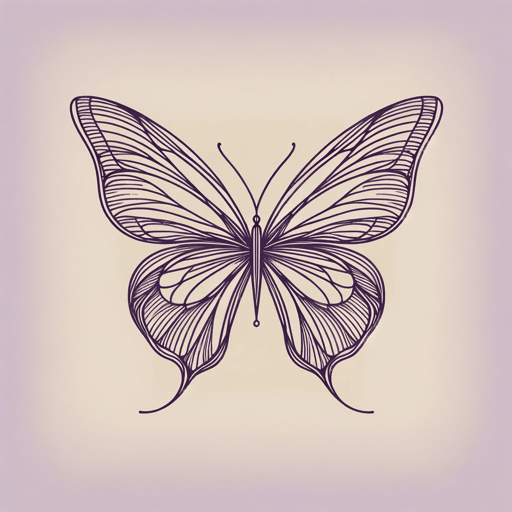30 pages • 1 hour read
Nathaniel HawthorneThe Artist of the Beautiful
Fiction | Short Story | Adult | Published in 1844A modern alternative to SparkNotes and CliffsNotes, SuperSummary offers high-quality Study Guides with detailed chapter summaries and analysis of major themes, characters, and more.
Literary Devices
Dichotomy
A dichotomy is a literary device in which the writer separates two ideas into conflicting parts. Nathaniel Hawthorne uses many dichotomies in his work to tease out contrasts, complexities, and facets of thought. In the story, dichotomies include beauty and utility, matter and spirit, understanding and imagination, man-made mechanism and natural organism, nature and civilization, Puritan thinking and Victorian ideas, idealism and practicality, fragility and strength, isolation and society, and gold and iron. Some of these concepts are antithetical to one another, but others have more complicated relationships.
Hawthorne uses situations, characters, and objects to embody these qualities and the exploration of dichotomies. Dichotomies can provide depth, particularly when they are encapsulated within one character or one situation. Sometimes, they are embodied by two opposing characters or situations which then must clash to create a specific outcome. Consider the sentence: “As if the butterfly, like the artist, were conscious of something not entirely congenial in the child’s nature, it alternately sparkled and grew dim” (27). Several dualities are present in this one sentence: light and dark in the fluctuating pattern the butterfly emits, and the child’s duality as both a willing receptacle of art against his ever-practical heritage.
Related Titles
By Nathaniel Hawthorne
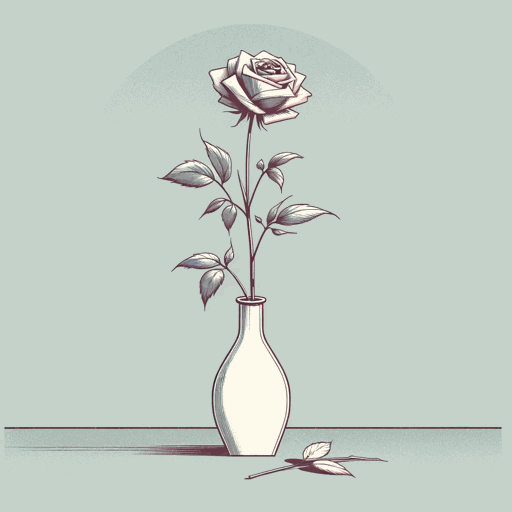
Dr. Heidegger's Experiment
Nathaniel Hawthorne
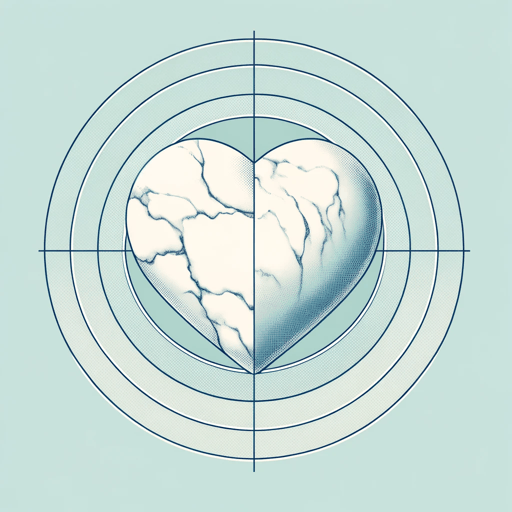
Ethan Brand
Nathaniel Hawthorne
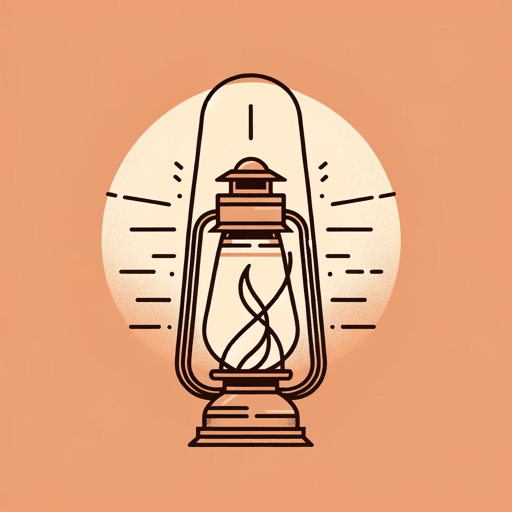
My Kinsman Major Molineux
Nathaniel Hawthorne
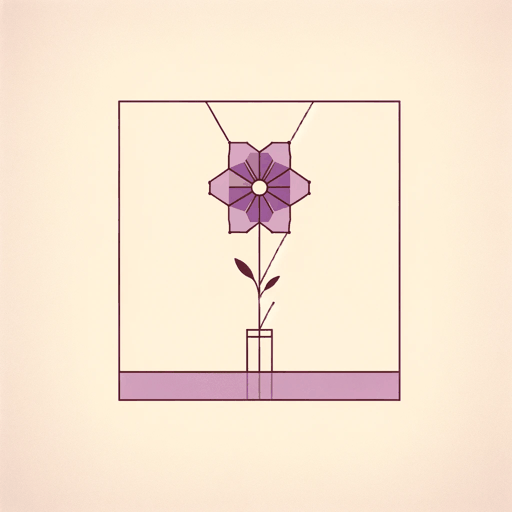
Rappaccini's Daughter
Nathaniel Hawthorne
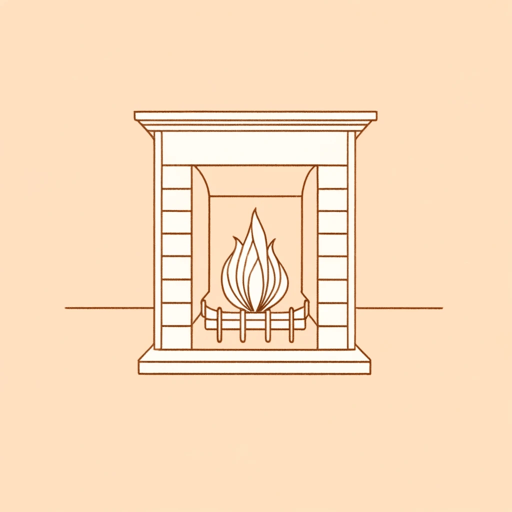
The Ambitious Guest
Nathaniel Hawthorne
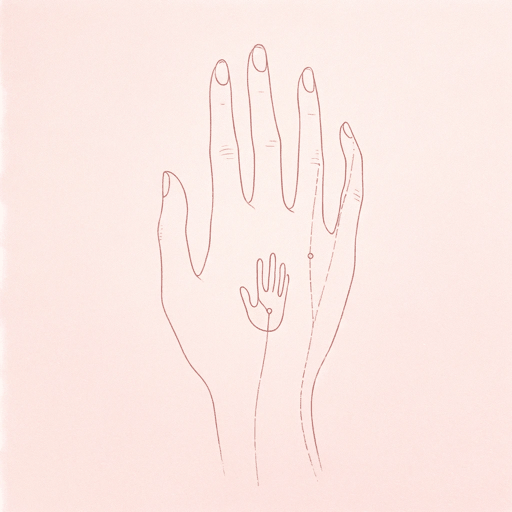
The Birthmark
Nathaniel Hawthorne
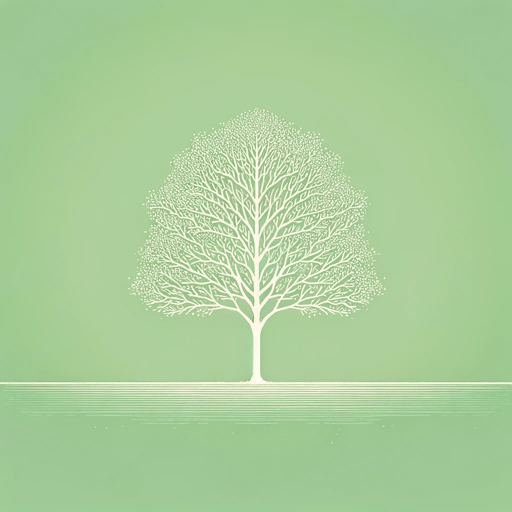
The Blithedale Romance
Nathaniel Hawthorne
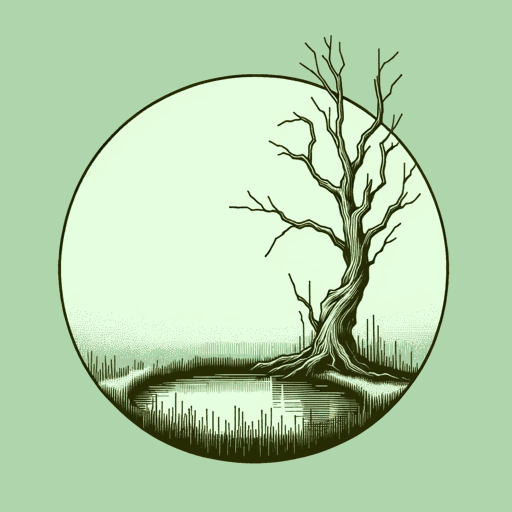
The Hollow of the Three Hills
Nathaniel Hawthorne
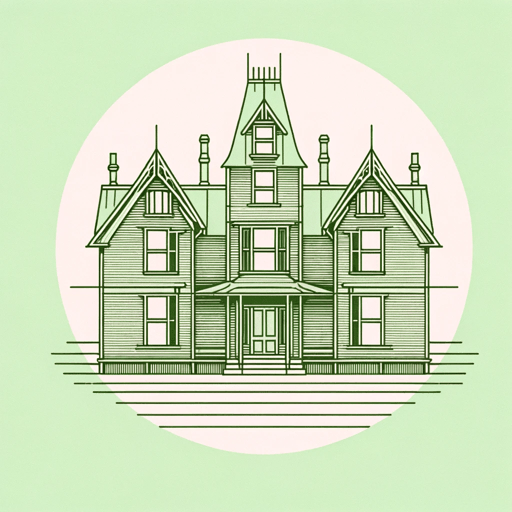
The House of the Seven Gables
Nathaniel Hawthorne
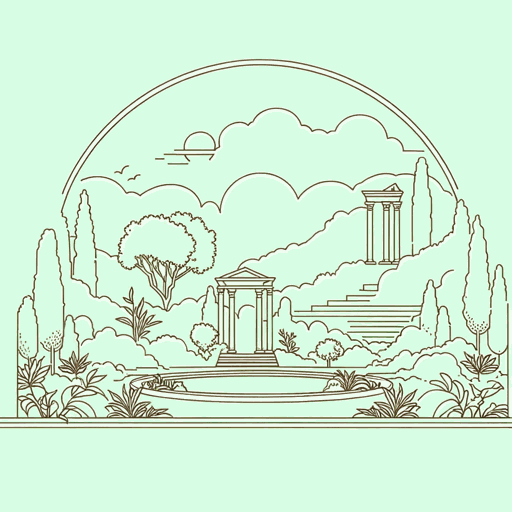
The Marble Faun
Nathaniel Hawthorne
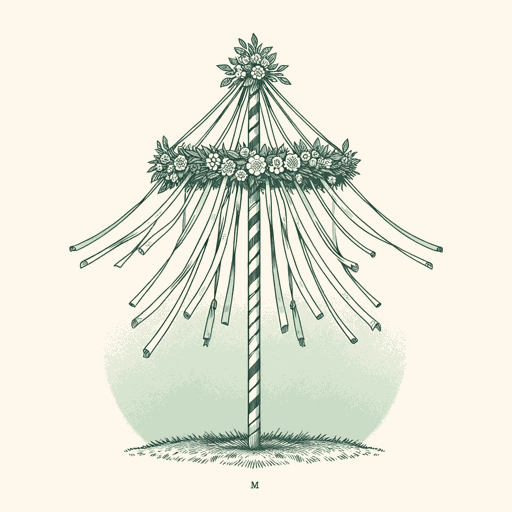
The Maypole Of Merry Mount
Nathaniel Hawthorne
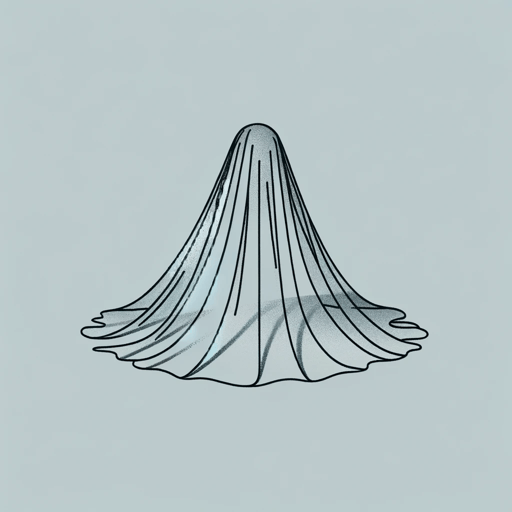
The Minister's Black Veil
Nathaniel Hawthorne
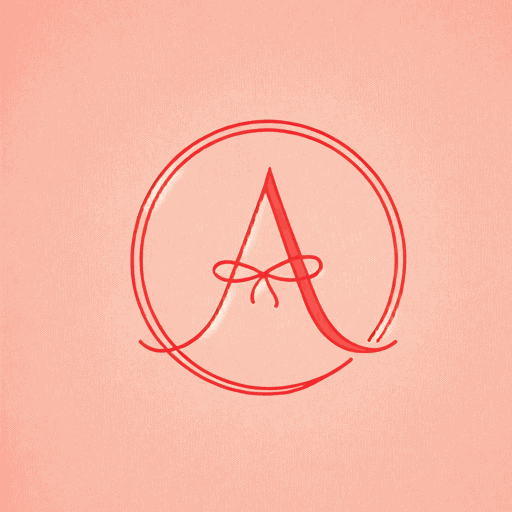
The Scarlet Letter
Nathaniel Hawthorne
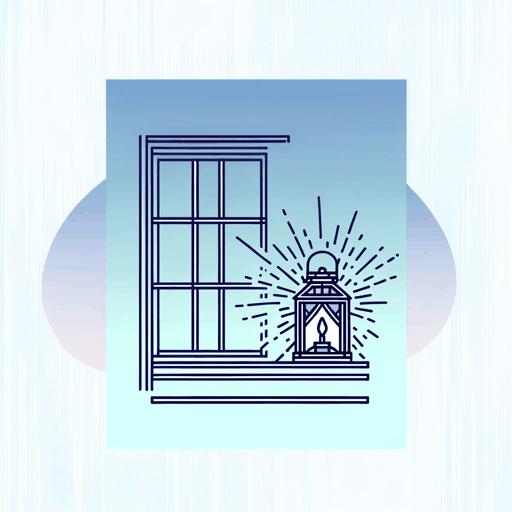
The Wives of the Dead
Nathaniel Hawthorne

Young Goodman Brown
Nathaniel Hawthorne
